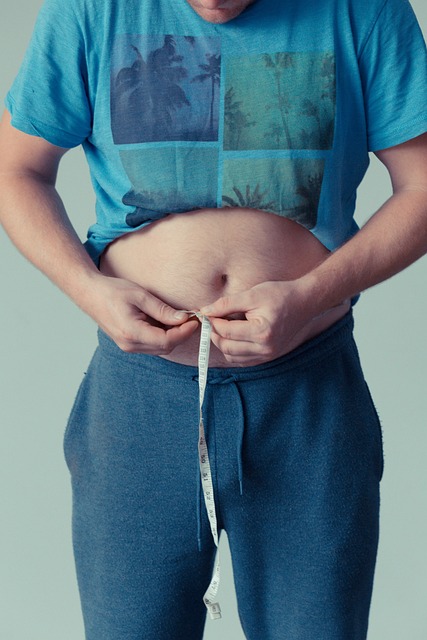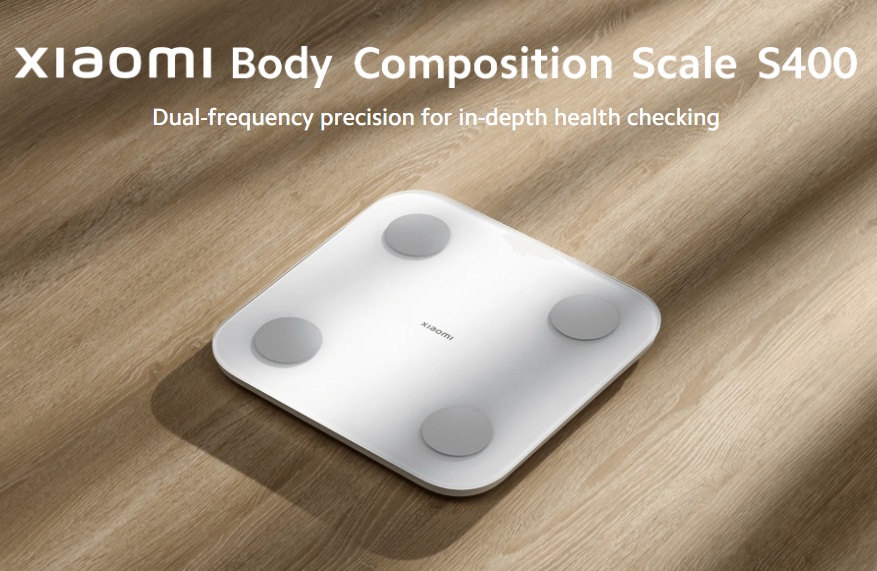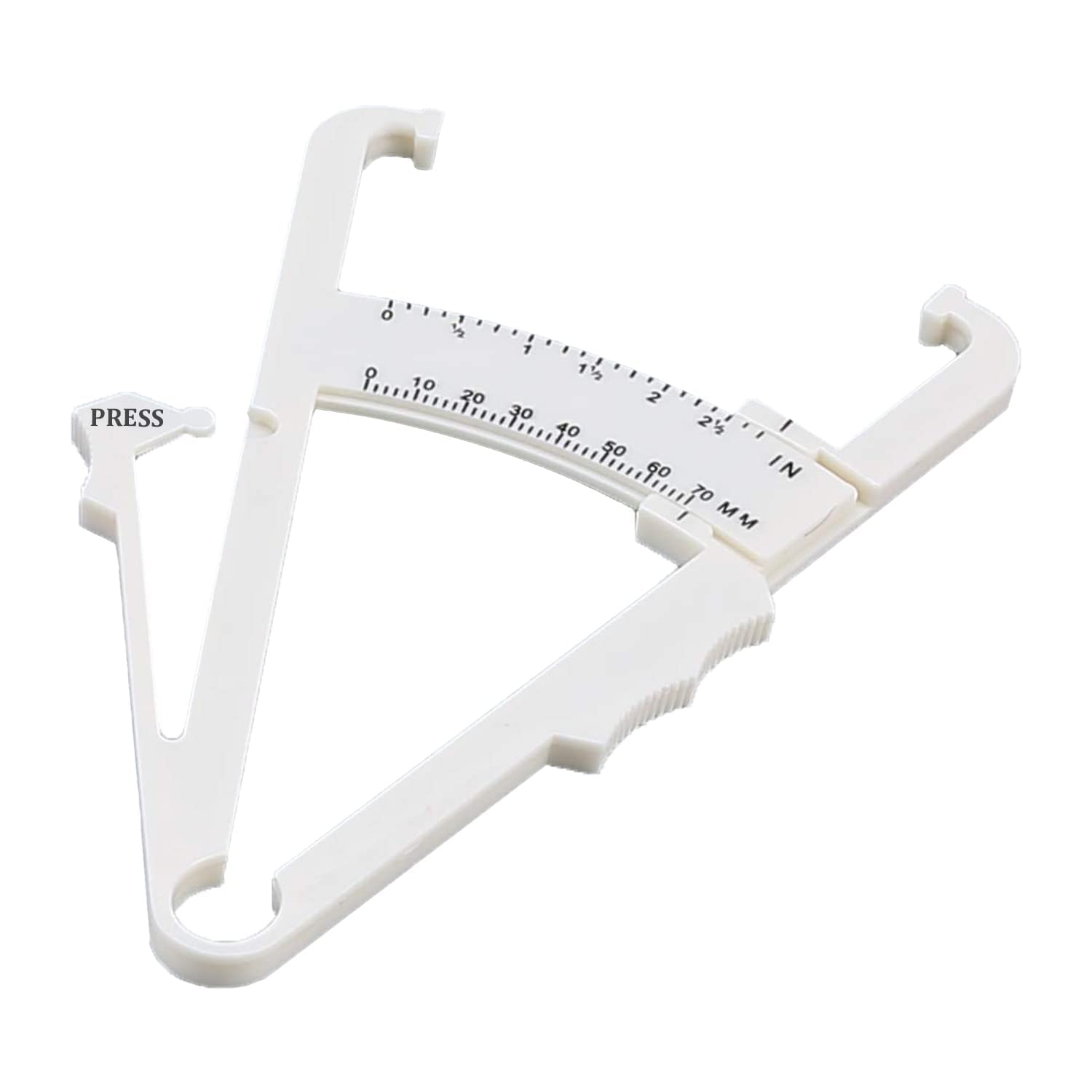How to Measure Body Fat at Home: 5 Accurate Methods You Can Use Today

Body fat percentage is one of the most accurate indicators of health, performance, and physical transformation — far more informative than weight alone. Whether you're trying to lose fat, build muscle, or just get a clearer picture of your body composition, tracking your fat percentage is key.
Unlike body weight, which fluctuates due to water retention, glycogen levels, or food intake, body fat percentage reflects your actual physical changes. It shows if you’re burning fat, building muscle, or maintaining your physique. Relying only on the scale can be misleading — you might think you’re not progressing when you’re actually gaining lean muscle and losing fat. Understanding and monitoring your body fat can help you fine-tune your nutrition, training, and overall fitness strategy with precision.
1. Smart Scales (Like Xiaomi) — The Easiest Method

Best For: Beginners, everyday users, effortless tracking
Smart body fat scales (e.g., Xiaomi Mi Body Composition Scale) use bioelectrical impedance analysis (BIA). You step barefoot onto the scale, and it estimates your body fat %, muscle mass, and more.
- Fast and easy
- Pairs with Mi Fit / Zepp Life app
- Affordable ($20–$40)
Limitations: Can be affected by hydration, recent food intake, or menstrual cycle.
2. Body Fat Calculator (Based on Tape Measurements)
Best For: Those without a scale
This method uses circumference measurements — often the US Navy formula. You’ll need a soft measuring tape.
- Neck
- Waist
- Hips (for women)
- Height
You can then apply those numbers in online calculators that use the US Navy method to estimate your body fat percentage.
3. Skinfold Calipers

Best For: Fitness enthusiasts, bodybuilders
This method uses calipers to pinch skinfolds at specific body sites. The thickness is then plugged into formulas like Jackson & Pollock to estimate body fat.
4. Progress Photos + Visual Comparison Charts

Best For: Visual learners and transformation tracking
Take consistent lighting photos and compare to standard body fat photo charts.
5. Online Apps & AI-Based Scanners
Some apps now use AI to analyze full-body photos and estimate your body composition. Examples: FitTrack, BVI Pro.
How Often Should You Measure Body Fat?
Once every 1–2 weeks. Use the same method each time and don’t worry about small day-to-day fluctuations.
Which Method Is Best?
| Goal / Context | Best Method |
|---|---|
| Quick estimate, no equipment | Tape + calculator |
| Effortless daily tracking | Xiaomi smart scale |
| Serious physique monitoring | Calipers |
| Visual tracking + motivation | Progress photos |
| Tech-savvy curiosity | AI scanning apps |
Final Thoughts
Measuring your body fat isn’t just about numbers — it’s about understanding your body’s real progress and making informed decisions along the way. Whether your goal is to lose weight, improve performance, or maintain a healthy lifestyle, tracking fat percentage gives you clarity that a scale alone can’t provide. Choose a method that aligns with your routine and comfort level. Even a basic Xiaomi scale or a flexible measuring tape can unlock powerful insights when used consistently. The key is to focus on trends over time, not daily fluctuations, and let that data guide your training and nutrition strategy with confidence.